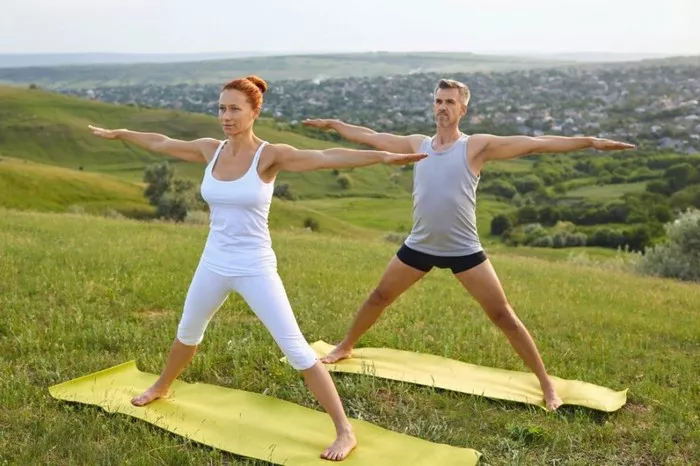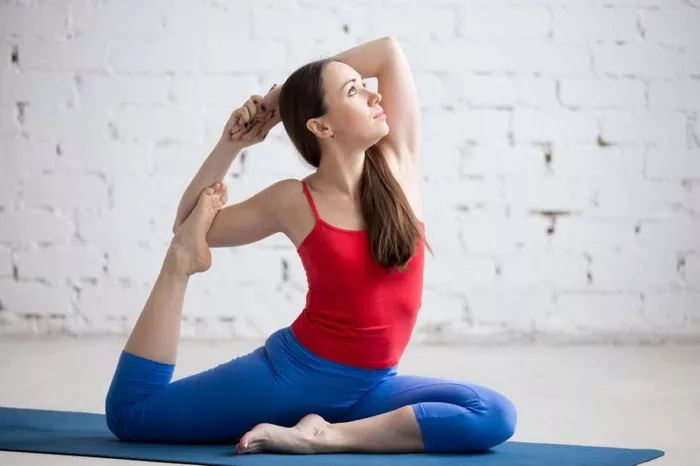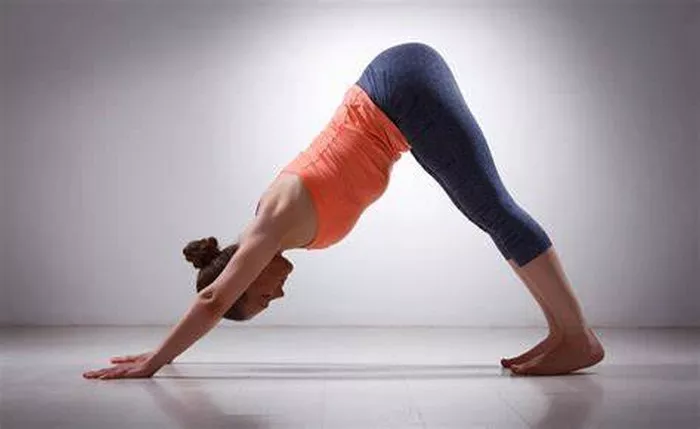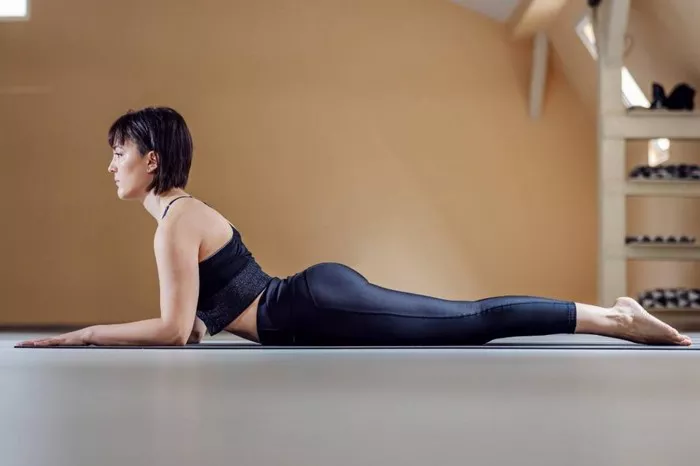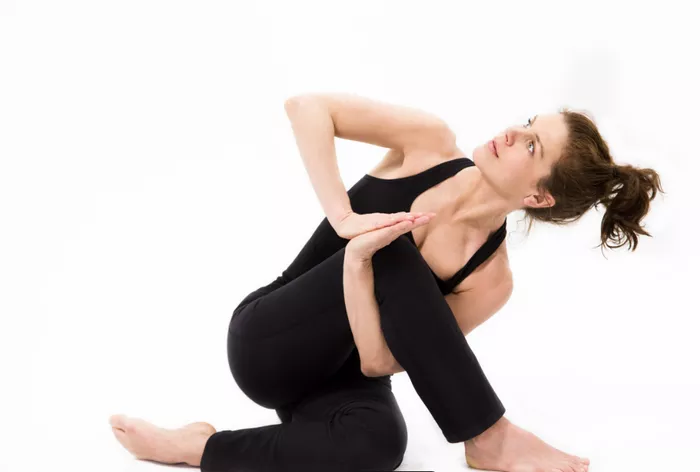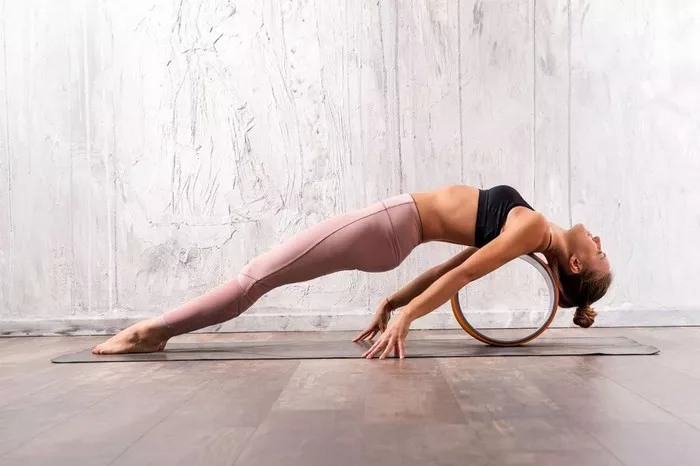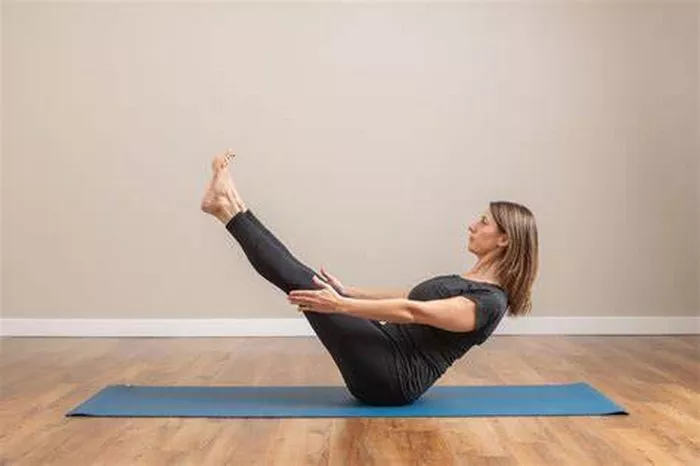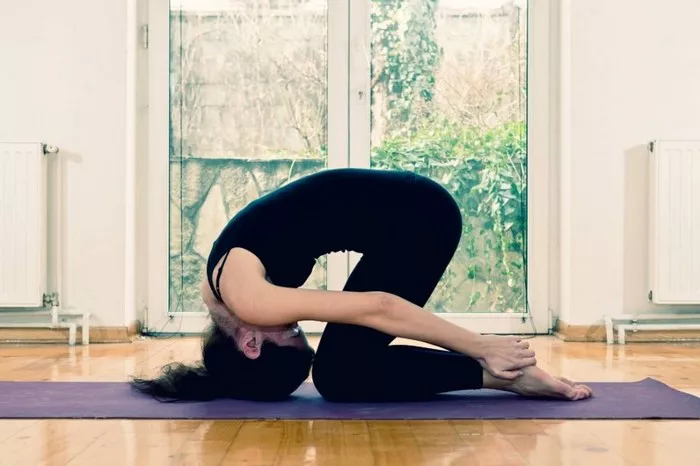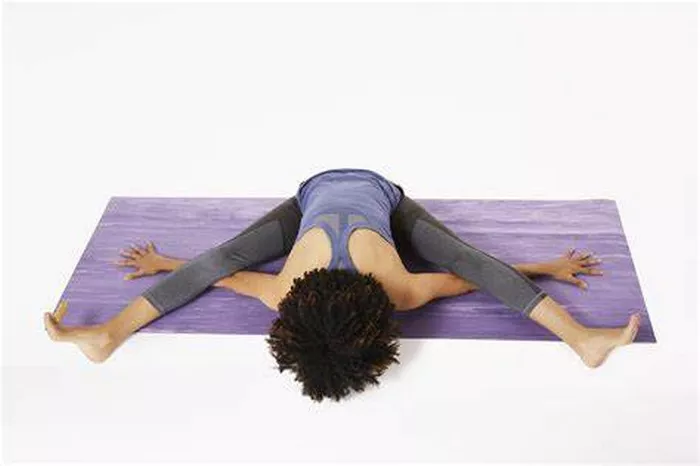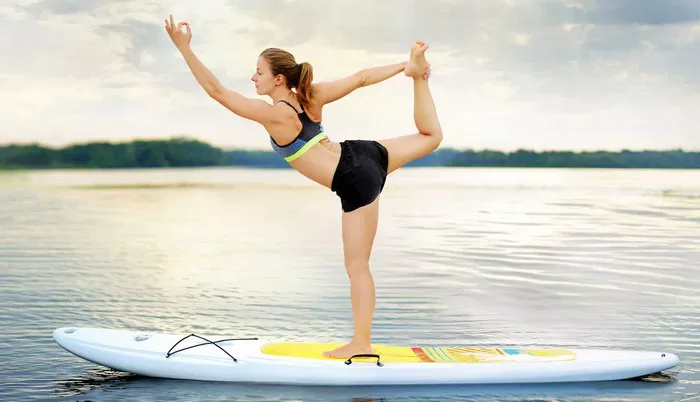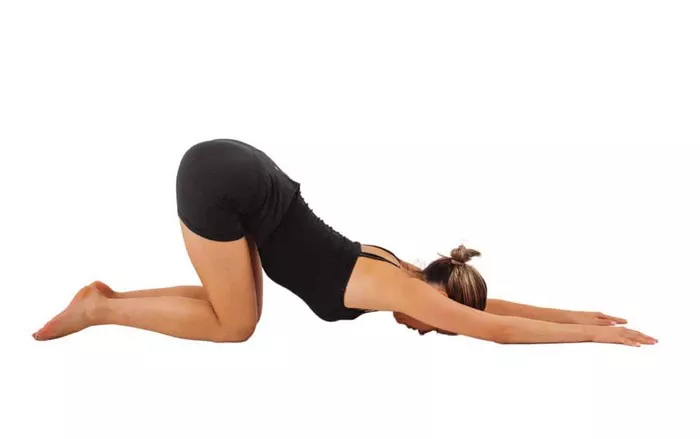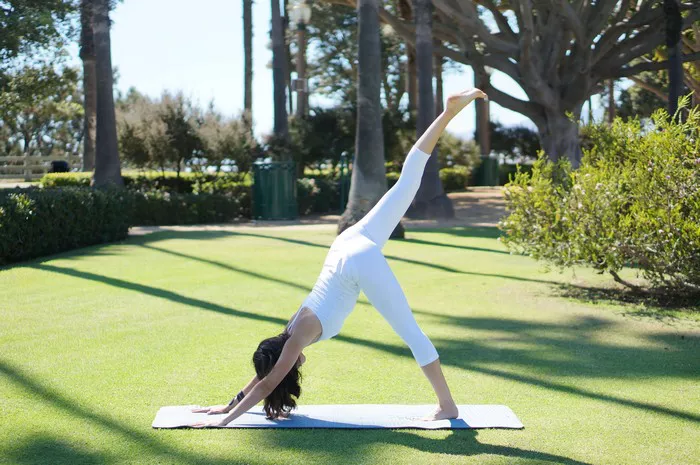The Bow Pose, known as Dhanurasana in Sanskrit, is a powerful backbend yoga posture that stretches the entire front body, strengthens the back muscles, and improves posture and spinal flexibility. Named after the shape the body takes—resembling a drawn bow—it is commonly incorporated into yoga sequences to open the chest and shoulders and to stimulate the digestive organs. Proper execution and duration of this pose are crucial for reaping its full benefits while avoiding injury.
Benefits of Bow Pose
Practicing the Bow Pose regularly can bring a multitude of benefits:
- Improved posture due to strengthened back muscles.
- Enhanced spinal flexibility, which supports overall body mobility.
- Stimulated abdominal organs, aiding digestion.
- Stress relief, as the pose encourages deep breathing and opens up the chest area.
- Increased energy and vitality, by expanding the lungs and invigorating the body.
These benefits make Bow Pose a staple in many yoga routines, especially those focused on backbends and core strength.
Factors Influencing Duration
How long to hold the Bow Pose depends on several key factors:
- Experience Level: Beginners may start with a shorter hold, while experienced practitioners can sustain it longer.
- Physical Condition: Flexibility, core strength, and spinal health all play a role in how long one can or should hold the pose.
- Purpose of Practice: Whether the goal is therapeutic, strengthening, or meditative can influence duration.
- Breath Control: Holding the pose without compromising the quality of breath is essential.
- Teacher Guidance: In class settings, instructions may vary based on style and focus.
These considerations ensure that the duration is safe, sustainable, and effective for the individual.
Recommended Duration Based on Experience
Beginners
For those new to yoga or Bow Pose specifically, it is advisable to hold the position for about 10 to 20 seconds. This shorter duration helps the practitioner get accustomed to the mechanics of the pose without straining the muscles or joints. Beginners should focus more on correct form and breathing rather than duration.
Intermediate Practitioners
Individuals with some experience in yoga may hold the Bow Pose for 20 to 30 seconds. At this stage, the body is more familiar with the alignment and can safely maintain the pose a bit longer, thus enhancing the benefits such as flexibility and core engagement.
Advanced Practitioners
Advanced yoga students can hold Bow Pose for 30 to 60 seconds or more. They usually have the strength, flexibility, and breath control required for longer durations. Holding the pose for this length allows for deeper muscle engagement and mental focus.
Proper Technique for Bow Pose
To maximize benefits and minimize risk, follow these steps to perform Bow Pose correctly:
- Lie flat on your stomach with arms at your sides.
- Bend your knees and bring your heels as close to your buttocks as possible.
- Reach back with your hands and grasp your ankles.
- Inhale deeply, lifting your chest off the ground while simultaneously pulling your legs up and back.
- Keep your gaze forward and maintain a steady breath.
- Hold the pose for the recommended duration based on your experience level.
- Exhale and release the pose gently.
It is crucial to listen to your body and avoid pushing beyond your limits, especially in a deep backbend like this.
Precautions and Contraindications
While Bow Pose is beneficial, it is not suitable for everyone. Be cautious or avoid the pose if you have:
- Back or neck injuries
- Recent abdominal surgery
- Hernia
- High or low blood pressure
- Pregnancy
In such cases, it’s essential to consult a healthcare provider or a certified yoga instructor before attempting this pose. Modifications and props can often be used to make the pose safer and more accessible.
Enhancing the Experience
To improve comfort and effectiveness in Bow Pose, consider the following tips:
- Warm up adequately with light stretches and poses that open the hips and shoulders.
- Use a yoga strap if reaching your ankles is difficult.
- Engage the core muscles to protect the lower back.
- Focus on steady, deep breathing throughout the pose.
- Use a soft surface or yoga mat to support the knees and abdomen.
These enhancements support a more pleasant and productive practice, especially when increasing the duration of the pose.
Integration into Your Yoga Routine
Bow Pose is versatile and can be integrated at various points in a yoga session:
- Middle of the session: When the body is warmed up, allowing deeper backbends.
- Therapeutic sequences: Paired with other poses that support spinal health and core strength.
- As part of a flow: Especially in heart-opening or strength-building sequences.
Holding the Bow Pose within a larger sequence for an appropriate duration helps balance exertion and relaxation.
Monitoring Progress and Adjusting Duration
Over time, your ability to hold the Bow Pose will improve. Here are ways to monitor progress:
- Notice reduced strain in holding the pose.
- Improved breath control during the hold.
- Greater lift and openness in the chest and legs.
- Increased postural awareness outside of yoga practice.
Adjust the duration gradually. Add 5–10 seconds every few weeks, depending on comfort and body response.
Conclusion
The Bow Pose is a rewarding yet challenging yoga posture that offers extensive physical and mental benefits. The duration you hold this pose should be determined by your experience, physical condition, and practice goals. By respecting your body’s limitations and gradually increasing hold times, you can enjoy a safe and enriching yoga experience. Whether you’re holding the pose for 10 seconds or a full minute, consistency and mindfulness are key to unlocking the full potential of Dhanurasana.
Related Topics:

